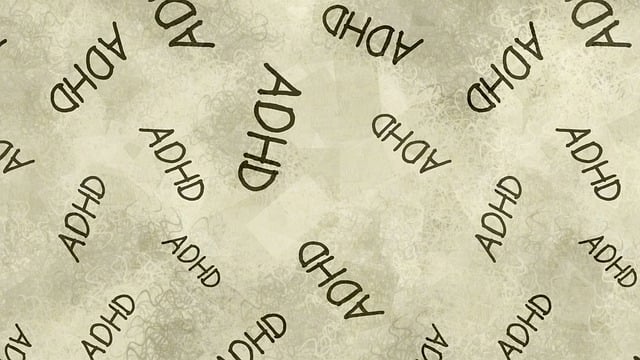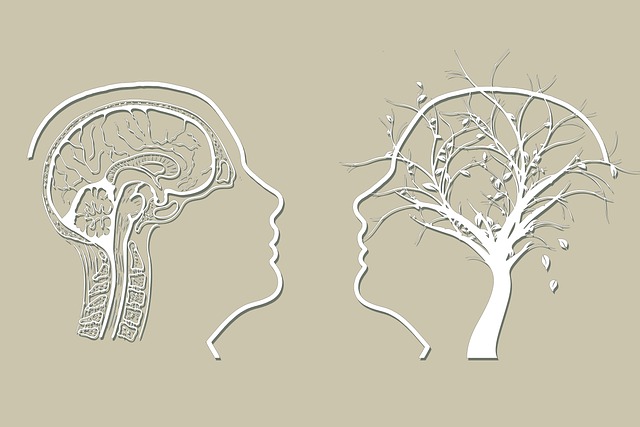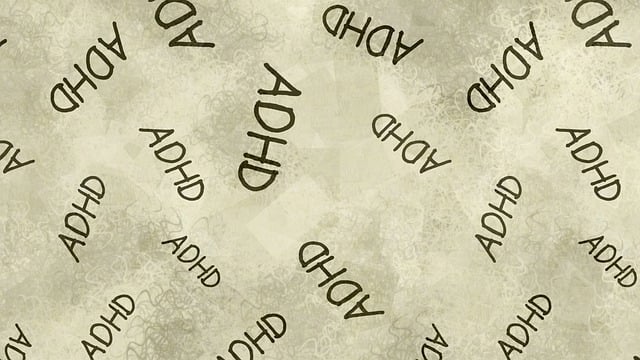Lakewood EMDR Therapy is a structured, powerful crisis intervention tool that combines eye movements with cognitive techniques to help individuals process and resolve traumatic memories and emotions. Integrating this therapy with education programs and risk assessment enhances practitioners' ability to manage crises safely and ethically while prioritizing client well-being through robust risk management planning. By creating a safe space and using techniques like Lakewood EMDR, mental health professionals can empower clients through enhanced resilience, coping abilities, and long-term mental health education, fostering immediate support and building resilience for the future.
In times of crisis, effective intervention can make a profound difference. This article provides a comprehensive guide to crisis intervention strategies, offering valuable insights into understanding and managing critical situations. We explore the power of Lakewood EMDR Therapy, a groundbreaking approach that has revolutionized support in high-pressure environments. By combining theoretical knowledge with practical steps, this resource equips readers with essential tools for delivering effective crisis support, ensuring positive outcomes.
- Understanding Crisis Intervention: A Brief Overview
- The Role of Lakewood EMDR Therapy in Critical Situations
- Practical Steps and Techniques for Effective Crisis Support
Understanding Crisis Intervention: A Brief Overview

Crisis intervention strategies are vital tools for mental health professionals, enabling them to provide effective support during acute situations. At its core, crisis intervention is a structured process designed to help individuals cope with and overcome severe emotional distress or traumatic events. This approach focuses on immediate, short-term assistance while also stabilizing the person and preventing further deterioration.
In Lakewood, EMDR therapy (Eye Movement Desensitization and Reprocessing) has emerged as a highly effective crisis intervention technique. It assists clients in processing traumatic memories, reducing their intensity and associated distress. By integrating mental health education programs and risk assessment strategies into their practice, professionals can enhance their ability to manage crises safely and ethically. Risk management planning is crucial, ensuring that practitioners are prepared to navigate complex situations while prioritizing client well-being and minimizing potential risks.
The Role of Lakewood EMDR Therapy in Critical Situations

In critical situations, where individuals are facing severe trauma or experiencing intense emotional distress, the implementation of effective crisis intervention strategies is paramount. Lakewood EMDR Therapy emerges as a powerful tool within this domain, offering a structured approach to address complex psychological issues. This therapeutic method, short for Eye Movement Desensitization and Reprocessing, facilitates the exploration and resolution of traumatic memories and associated emotions. By combining specific eye movements with cognitive techniques, Lakewood EMDR Therapy aids clients in reprocessing distressing experiences, thereby reducing their impact and promoting emotional healing.
Integrating Lakewood EMDR Therapy within crisis intervention strategies is particularly beneficial for fostering resilience and enhancing coping abilities. This form of therapy goes beyond immediate symptom relief by empowering individuals to develop effective self-care practices and coping skills. Moreover, the structured nature of EMDR allows mental health professionals to design tailored programs that address not just the current crisis but also build long-term mental health education and personal growth. Through this holistic approach, individuals can navigate challenging situations with greater resilience and a profound sense of empowerment.
Practical Steps and Techniques for Effective Crisis Support

In providing effective crisis support, professionals must first establish a safe and non-judgmental space. This involves active listening, ensuring confidentiality, and demonstrating genuine concern. Techniques such as Lakewood EMDR Therapy can help individuals process traumatic memories and reduce emotional intensity. By validating their feelings and experiences, you foster empathy building strategies that make the individual feel understood and supported.
Additionally, practical steps include teaching stress reduction methods like deep breathing exercises or mindfulness techniques. Encouraging open dialogue about the crisis through public awareness campaigns development can also destigmatize conversations around mental health issues. These approaches combined create a comprehensive strategy for offering immediate support while promoting long-term resilience and coping mechanisms.
In light of the above discussions, it’s clear that effective crisis intervention requires a multifaceted approach. By understanding the dynamics of crises and utilizing practical techniques like those offered by Lakewood EMDR Therapy, professionals can provide crucial support during challenging situations. The role of therapy in critical care cannot be overstated, as it enables individuals to navigate and overcome their traumatic experiences. Armed with these strategies, we can foster healthier outcomes and build resilience in the face of adversity.














